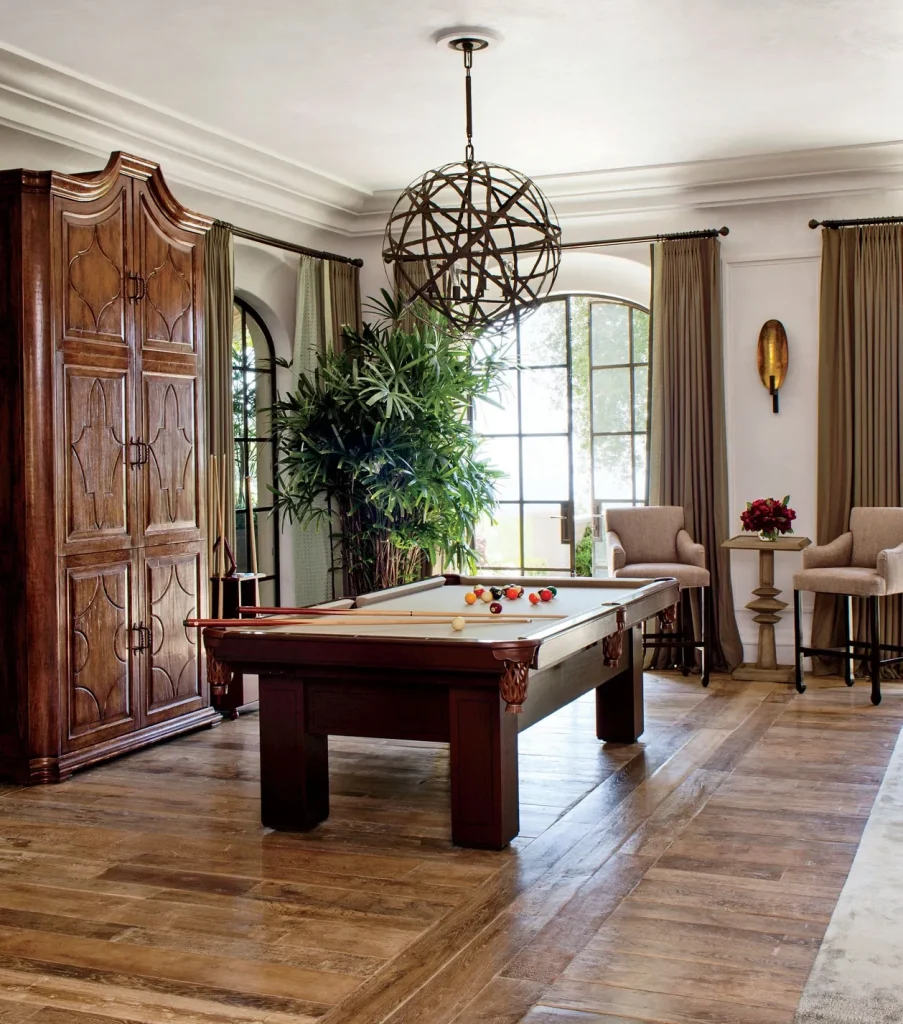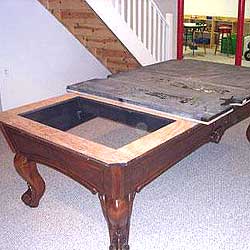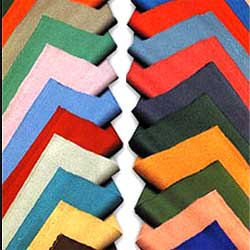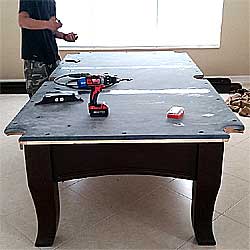Call us; 1-508-254-5671
Ayer, MA
Pool Table Billiard Movers and Repair
With 30 years of pool table best practices. Ayer, Massachusetts
Where can I find professional repair, re-felt, re-level services for my pool billiard table? Where can I find a secure billiard pool table moving specialist for my table relocation?
Safely moving a pool table.
I acquired a billiard table from the web, and it will be installed and moved by who? Corner Pocket Pool Table Services, Your safest, best choice. In Ayer, MA, Massachusetts MA, New Hampshire NH, Vermont VT, Rhode Island RI, Pool billiard table work.
Billiards table felt replacement and movers, moving and fixing pool tables in Ayer, Massachusetts neighborhoods for over thirty years. Moving and repairing all brands and styles of pool tables.
Corner Pocket Pool Table Service is a family business, and covering Ayer, Massachusetts. Billiard and pool table movers and service experts.
We will re-felt and tune-up your billiard table, or move your table to or from Ayer within new england.
Five star ratings and reviews, Ayer, Massachusetts.


Ayer is a town in Middlesex County, Massachusetts, United States. Originally part of Groton, it was incorporated February 14, 1871, and became a major commercial railroad junction. The town was home to Camp Stevens, a training camp for Massachusetts volunteers during the American Civil War. Later, Fort Devens was established by the federal government to train New England soldiers for World War I. Fort Devens is a major influence on the area, although it is considerably smaller than when it was first closed in the mid-1990s. The town’s population was 8,479 at the 2020 census.
Ayer was originally inhabited by the Nashaway, a Nipmuc people that inhabited the lands along the Nashua River and its tributaries. A small settlement was located along the banks of the Nonacoicus Brook, located in the western part of the town. The name of the Nashaway village, its people and the brook, pronounced by locals as /ˈnɒ nə ˌkɔɪ ʃəs/, was also recorded in early English sources as ‘Nonajcoyjicus,’ ‘Nonocoyecos,’ ‘Nonacoiacus’ and ‘Nonaicoics.’ According to the personal manuscripts of Justice Samuel Sewall, best known for his controversial role in the Salem witch trials, he was told sometime in 1698 by Hanah, wife of Sachem Ahaton of the Ponkapoag Massachusett tribe, that the name was actually Nunnacoquis (modern Wôpanâak Massachusett dialect Nunahkuqees /nənahkəkʷiːs/) and signified ‘an Indian earthen pot’ although literally refers to a ‘small dry earthen pot.’ The name was likely a reference to a series of small mounds along the banks of the Nonacoicus Brook.
Very little archaeological evidence has been found of settlement in the region, most likely lost to centuries of cultivation and development, although a handful of stone tools or evidence of habitation have been found along the shores of the Nashua River, Nonacoicus Brook, Sandy Pond and Long Pond as well as a rock shelter on Snake Hill. Although some have been dated to the Early Woodland Period (3000-2000 BP), the majority of findings are from the Late Woodland and Early Contact Period (1000-450 BP). In addition, portions of Main Street and Sandy Pond Road are believed to follow the vast network of trails used by Native peoples for trade, travel and communication. The Nashaway likely cultivated corn, beans and squash, but depended on foraging for fruits, nuts, tubers and seeds to supplement their diets. Seasonally, camps were set up in hunting areas, but the most important gatherings were likely the annual spawning migrations of Atlantic salmon, alewife, American shad, blueback herring and sea lamprey that once swam up the Nashua River from the sea via the Merrimack River.
The arrival of English settlers in the seventeenth century was a great disruption. Virgin soil epidemics such as smallpox, leptospirosis, influenza, scarlet fever and measles ravaged Native communities due to their lack of immunity to Old World diseases. The influx of English settlers also led to competition for land and resources and efforts to subjugate and assimilate the Native peoples. The Nashaway were visited by the missionary John Eliot, who had translated the Bible into the Massachusett language, understood throughout New England as a second language. He began teaching Indians to read and write, and to train as missionaries and teachers. Land was set aside for the Indians for the Praying town of Nashoba in what is now neighboring Littleton, Massachusetts, which likely attracted many of the Nashaway families in the surrounding areas. Nashoba was one of fourteen communities in the colony established for the Indian converts, where they came to meld English and traditional ways.
By 1675, the peace between the English settlers and the Native Americans was broken with the uprising of the Wampanoag sachem Metacomet. The Praying Indians, the inhabitants of the Praying towns such as Nashoba, were rounded up by English colonial militias and sent to Deer Island, where most froze or starved to death. Although heavy losses were inflicted on both sides, the English won and executed a vast number of Indians or sold them into slavery in the West Indies. Many left the region and chose to seek safety with the Abenaki and the French colonists in what is now Canada. Nashoba remained in Indian hands until 1736. The Native Americans began to congregate into a smaller number of communities. Three state-recognized tribes of Nipmuc, descended from the remnant communities that survived the epidemics and King Philip’s War, include the Chaubunagungamaug Nipmuck of Webster, Massachusetts, the Hassanamisco Nipmuc of Grafton, Massachusetts and the Natick Massachusett-Nipmuc, a Massachusett people of partial Nipmuc ancestry.
The town of Groton, which originally included Ayer as well as several other towns in the region, was settled by English colonists as early as 1655. The first settlement in the portion of Groton that would become Ayer was in 1667, when a mill was constructed to serve a small hamlet that had developed around the Nonacoicus Brook.
The community eventually came to be known as South Groton, or with the arrival of the railroad, Groton Junction. This area was later partitioned and incorporated as the town of Ayer in 1871. The town was named Ayer in honor of Dr. James Cook Ayer, a prominent resident of Lowell, Massachusetts and one of the wealthiest pharmaceutical manufacturers of his day. Dr. Ayer provided the funding for the construction of the Town Hall.
Diverse Tables
From basic models, to less common; custom, hand-made tables and everything in the middle. We’ve seen a great many them. Not to say that we have really seen each model of table that there is… The standards are much the same starting with one then onto the next. Occasionally we see a new technique. We love to learn these, and it is always enjoyable to have a finished product you will love!Distinctive Houses
From Landmark houses in Ayer, to delightful little homes, we’ve placed tables in every one of them.
Also, we treat every house like our own. We anticipate giving you the best working pool table you’ve ever played on.

